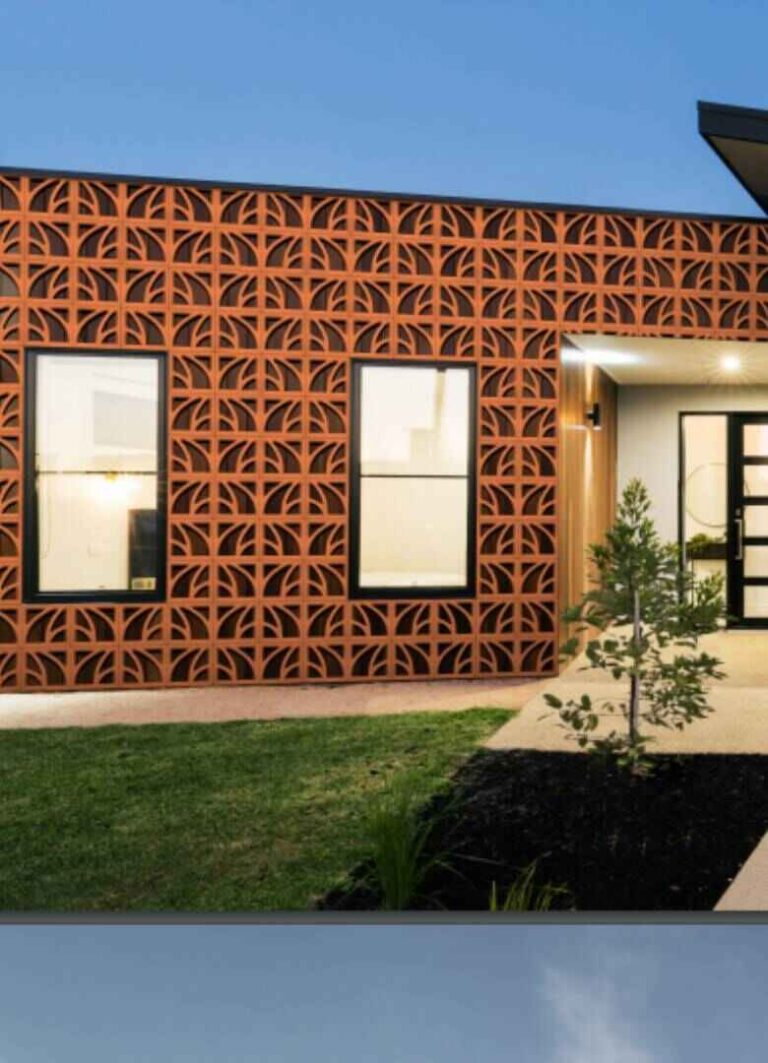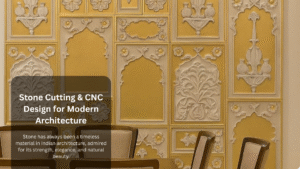

About Future Stiles
Future Stiles is a relatively new player in the tile industry, but it has quickly gained recognition for its innovative and modern designs. The brand focuses on merging cutting-edge technology with artistic craftsmanship to create unique and visually appealing tiles.
Latest Post

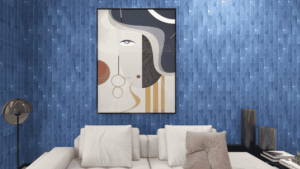
3×6 Inch and 75x150mm Tiles Size and Design in 2025
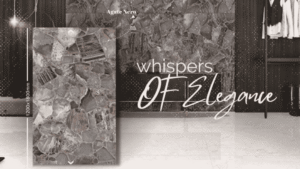
1200x1800mm and 48×72 Inch Tiles Designs in 2025
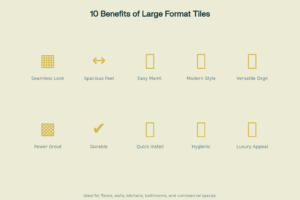
Benefits of Using Large Format Tiles in Modern Interiors
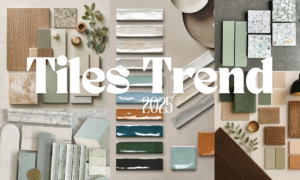
Top Tile Trends for 2025: Colours, Textures and Finishes
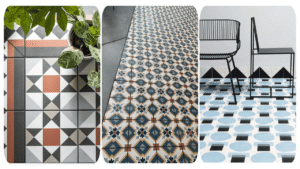
Concrete Tiles, Cement Tiles, and Cement Tiles for the Floor in 2025

Black Tiles Design: Modern Black Tiles Living Room
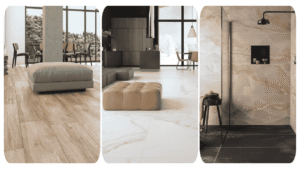
Matte Finish Tiles: A Modern Touch of Subtle Elegance 2025
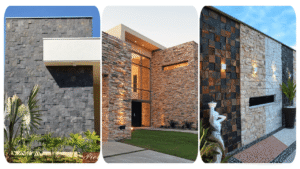
Front Elevation Tiles Design: Stylish Elevation Tiles & Affordable Prices
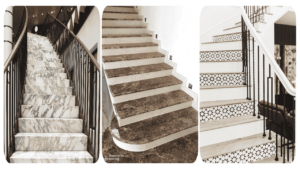
Top 30 Rough Tiles for Stairs Designs in 2025
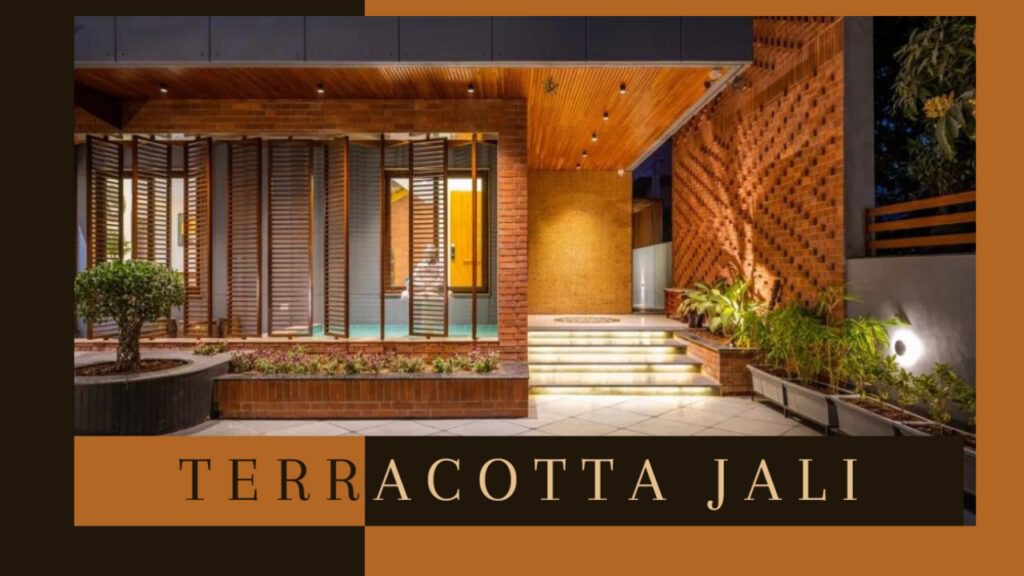
Elevation Terracotta Jali: Combining Tradition with Modern Aesthetics
- Futurestiles
- July 23, 2024
- 12:08 pm
Terracotta jali has become a timeless element in the world of architecture and design that deftly combines traditional aesthetics with contemporary functionality. Derived from the Hindi term “jali” which means net or lattice, terracotta jali is used to refer to perforated screens made of baked clay. These panels have been used for centuries in different architectural styles throughout the Indian subcontinent, serving both decorative and functional purposes. Nowadays, elevation terracotta jali is becoming popular in contemporary designs that provide unique solutions for ventilation, lightening and privacy yet enhancing aesthetic beauty of buildings.
Don’t Wait to Impress – Connect with Us for Stylish Terracotta Jali Designs
Have Questions? We Have Answers. Let’s Connect
Click HereThe Historical Significance of Terracotta Jali
Terracotta jali has a deep history rooted in Indian, Persian and Middle Eastern architectural traditions. The beautiful lattice screens were widely used in palaces, temples and homes as they combined both ventilation and privacy with natural light filtering through them. The Mughal architecture in India showcases superb examples of jalis found at the Red Fort as well as Fatehpur Sikri thus underlining its historic importance.
Traditional Craftsmanship
Creating terracotta jalis entails skilled workmanship whereby artisans meticulously engrave delicate ornaments on clay before it is put into a kiln.
This time-tested process not only guarantees the jali’s strength but also gives each one its own character. Some have geometrical patterns while others have floral designs showing the cultural impact and artistic expression in that area.
Modern Uses of Elevation Terracotta Jali
In modern architecture, elevation terracotta jali is employed not merely for its aesthetics but as well for its functional benefits. It can be crafted into many design elements including façades, partitions or even furniture thus providing a versatile solution for contemporary buildings.
Aesthetic Appeal
The other reason behind the renewed interest of terracotta jali in modern architecture is their ability to add visual appeal to buildings. The intense patterns along with earthly hues of terracotta give elegance and warmth to every structure. In building facades, terracotta jali forms a dance of light and darkness that defines space and texture.
Ventilation and Lighting
Terracotta Jali is ideal for natural ventilation and lighting. Its perforated design allows air to pass through freely making it unnecessary to use mechanical systems in order to maintain good indoor air quality. Moreover, sunlight diffuses through the screen jotting+
creating a soft and ambient glow that reduces glare and enhances the interior atmosphere.
The light emitted by the terracotta jali is soft and ambient, reducing glare and enhancing the interior atmosphere.
Privacy and Security
In urban cities that are densely populated, privacy and security are major concerns in architectural design. Terracotta jali comes in handy as an effective answer since it makes the view from outside unclear while allowing tenants to enjoy free air flow and natural lighting. This means it’s best for windows, balconies and courtyard walls.
Sustainable Design
For modern architecture, sustainable development is a key priority; this is where terracotta jalis fit in perfectly. Being made of natural clay, terracotta can be recycled back into nature which makes it an eco-friendly material. Additionally, use of these jalis can increase energy saving measures as they minimize dependence on artificial lighting or ventilation systems.
Incorporating Elevation Terracotta Jali in Modern Architecture
Facades
One of the most stunning applications of elevation terracotta jali is facades on buildings. Architects can create visually appealing structures by putting jali screens on their exteriors. The patterns and designs used on the jalis could also be tailored to reflect the cultural context as well as architectural style of the building itself.
Partitions and Screens
Terracotta lattices can also be employed as interior partitions and screens, which act as a decorative and useful feature in open plan areas. Irrespective of whether they are used in commercial or residential environments, these panels clearly differentiate sections without necessarily closing them off completely, thus creating a feeling of openness that is sustained through to connectivity.
Windows and Balconies
A practical approach to both privacy and ventilation when inserting terracotta lattices into balconies and windows would be the terrace should assist in ventilating and keeping away prying eyes. They have the ability to be designed to fit different window styles or sizes, making them an alternative choice for conventional window treatments. On balconies, terracotta jali serves as an ornamentation while offering shade and privacy.
Courtyards and Gardens
There are courtyards or gardens where serenity can be created by using Terracotta Lattice. A perforated screen could function as a garden wall where plants grow behind them with light filtering through it. This combination gives naturalness on one side while the other enhances outdoor life using artificial structures.
Benefits of Using Elevation Terracotta Jali
Durability
Terracotta is made from tough materials that withstand harsh climatic conditions. With proper care, a terracotta jali can last for many decades thereby proving it is cheaper compared to other architectural materials commonly used today.
Synonyms for versatility
Terracotta jali is very versatile and can be used in different situations such as traditional to contemporary designs. It can also be made according to the requirements of the project making it very creative and innovative.
Thermal Insulation
Terracotta jali is good at insulation, hence helps in moderating indoor temperatures keeping energy consumption low. Terracotta has natural characteristics that make it absorb heat slowly and release it slowly hence creating a comfortable internal environment.
Acoustic Properties
The holes on the terracotta jali designs can also be responsible for noise abatement which makes them applicable even in urban areas. They serve as absorbing screens for sound thereby reducing ambient noise levels indoors.
Case Studies: Elevation Terracotta Jali in Modern Architecture
The Jali House
Studio Mumbai’s Bijoy Jain, an architect of global repute, designed The Jali House whose integration of terracotta jali within modern residential architecture is simply breathtaking. Situated in Alibag, India, the structure boasts expansive terracotta lattices that ensure privacy, ventilation and daylighting. These patterns cast stunning light-and-shadow games all over the house enhancing its beauty as well.
The Pearl Academy of Fashion
In order to address the hot climate of the region, Morphogenesis designed the Pearl Academy of Fashion in Jaipur, India, with terracotta jali integrated into its façade. These jalis allow for natural ventilation and shading which results in less artificial cooling systems. With this design, the energy efficiency of the building is increased while cultural heritage’s reflection is achieved.
The Lodha World One
One among Mumbai’s tallest residential towers is “Lodha World One” designed by Pei Cobb Freed & Partners. Terracotta jali panels on the building façade provide both aesthetic and functional value through their beauty and function such as natural air circulation and shading. This high rise structure shows how adaptable and versatile terracotta jali is in contemporary architecture.
Conclusion
Terracotta Jali Elevation is a perfect balance between old age classical artistry and modern functionality that has both economic and socio-ecological implications for modern architecture. It also adds to their visual aesthetics; provides natural light; ensures privacy as well as safety; has sustainability principles incorporated into it thus making it a pertinent element in today’s architectural profession. Those who happen to be architects or designers should therefore incorporate terracotta jali into their designs if they want to create beautiful spaces where individuals can enjoy themselves




